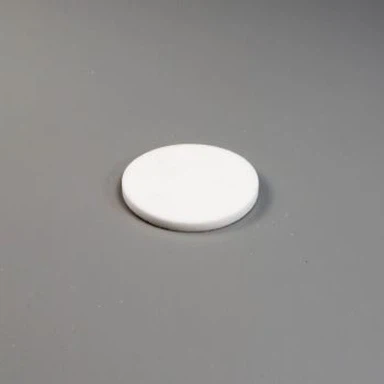Depth Filtering And Surface Filtering
Jan 03, 2023
Filtration product selection is critical to ensuring the correct design of the filter media and the best selection of the suited material and filter shape design for each filtration application. Two main filtering methods, depth filtering and surface filtering. In the case of depth filtration, particles are trapped inside the filtering media; in surface filtration they are retained on the subsequently formed surface.
Surface filtration is primarily filtering and sieving mechanism in which particles larger than the pore size of the filter media are separated. Their size prevents them from entering or passing through the filter pores. Subsequent particles accumulate on the surface, which increase in thickness as more particle-laden fluid is forced into the filter media. Due to their potentially smaller pore structure, filter discs can help separate finer particles. Its processes can be run at constant flow/increasing pressure or constant pressure/decreasing flow. Since most surface filters are not perfectly uniform in smoothness or pore structure may affecting filter life , then depth filtering is another option to consider during usage.
Depth filtration is primarily used in applications where small particles must be separated. For Example, protecting equipment from fouling or corrosion, protecting catalysts from poisoning, and purification. Particles penetrate the filter media, and the filter multi-layer thickness structure prevents premature clogging of the filter element and increases dirt retention and service life. As particles are trapped within the depth of the media, filter element cleaning is required. Cleaning can be done with solvents, ultrasonic vibration, pyrolysis, steam cleaning or high pressure backwashing.








